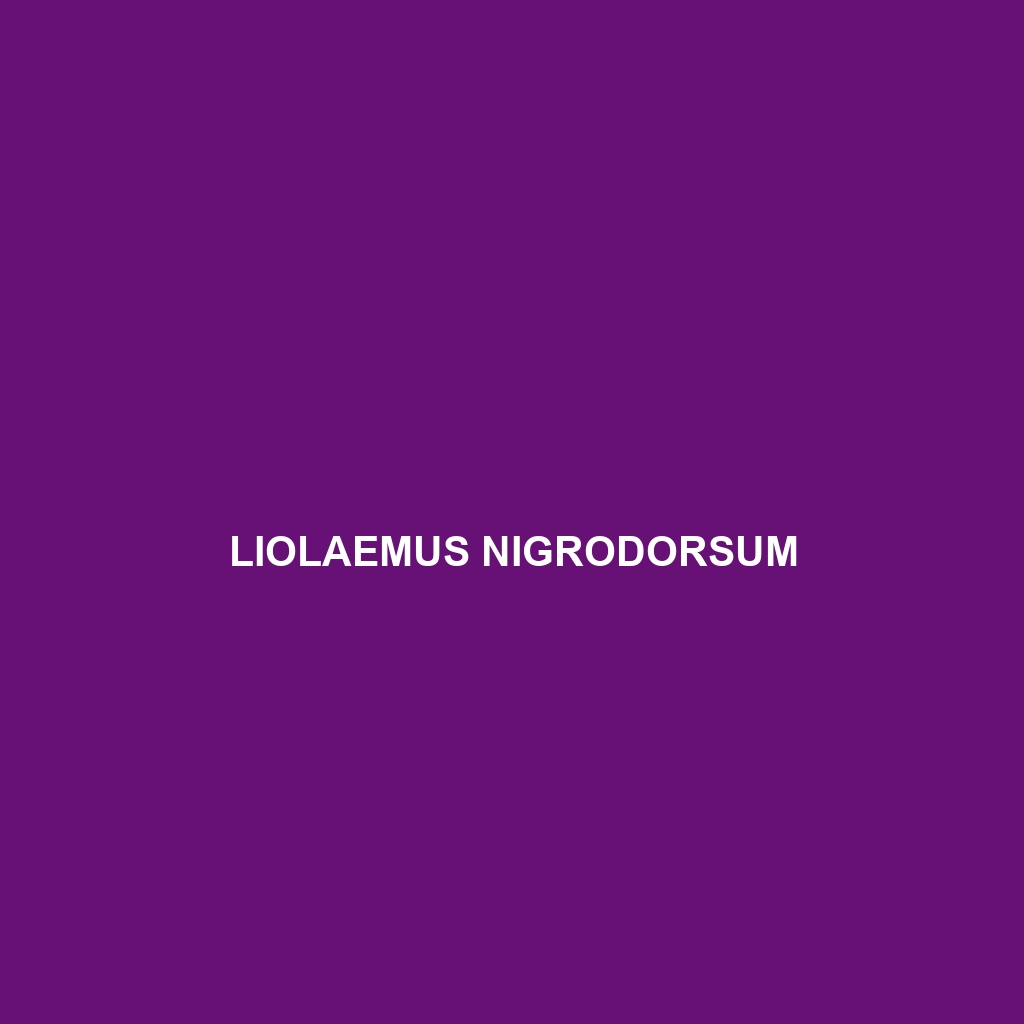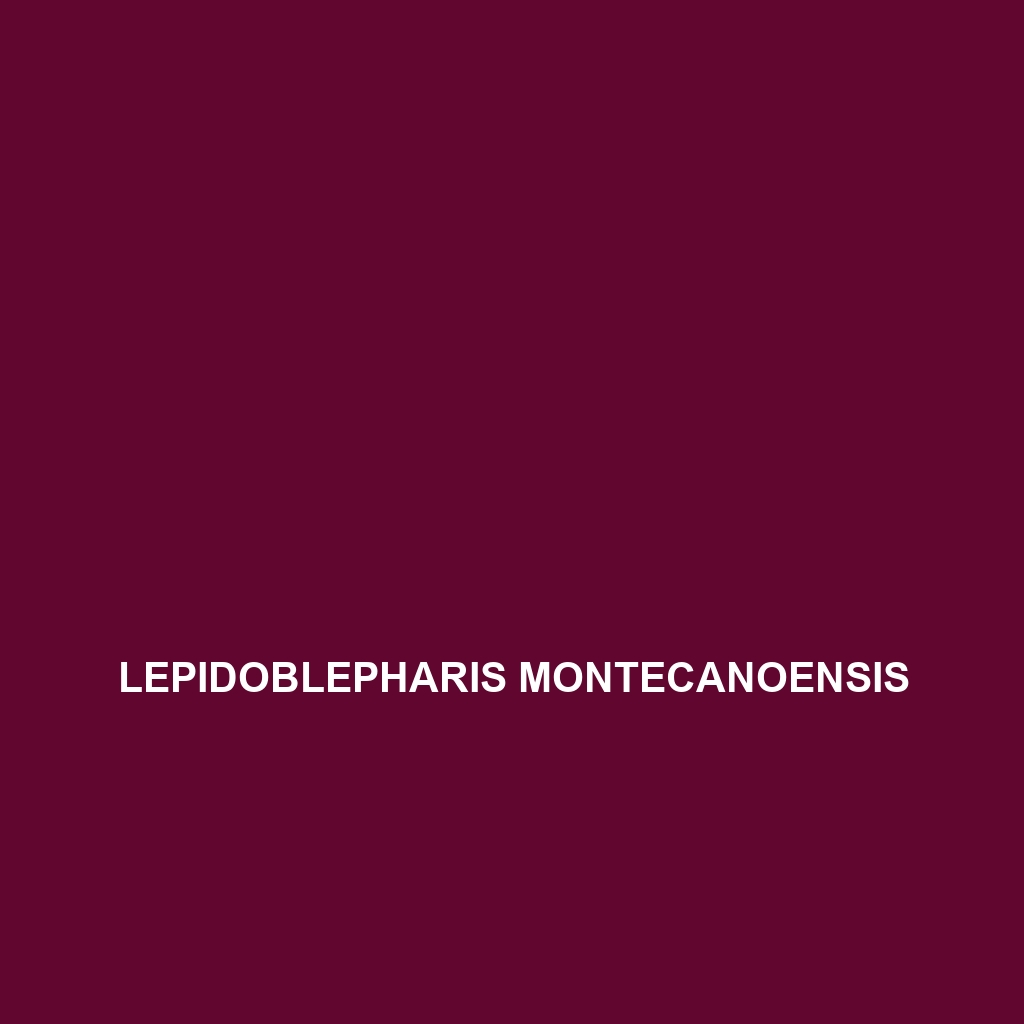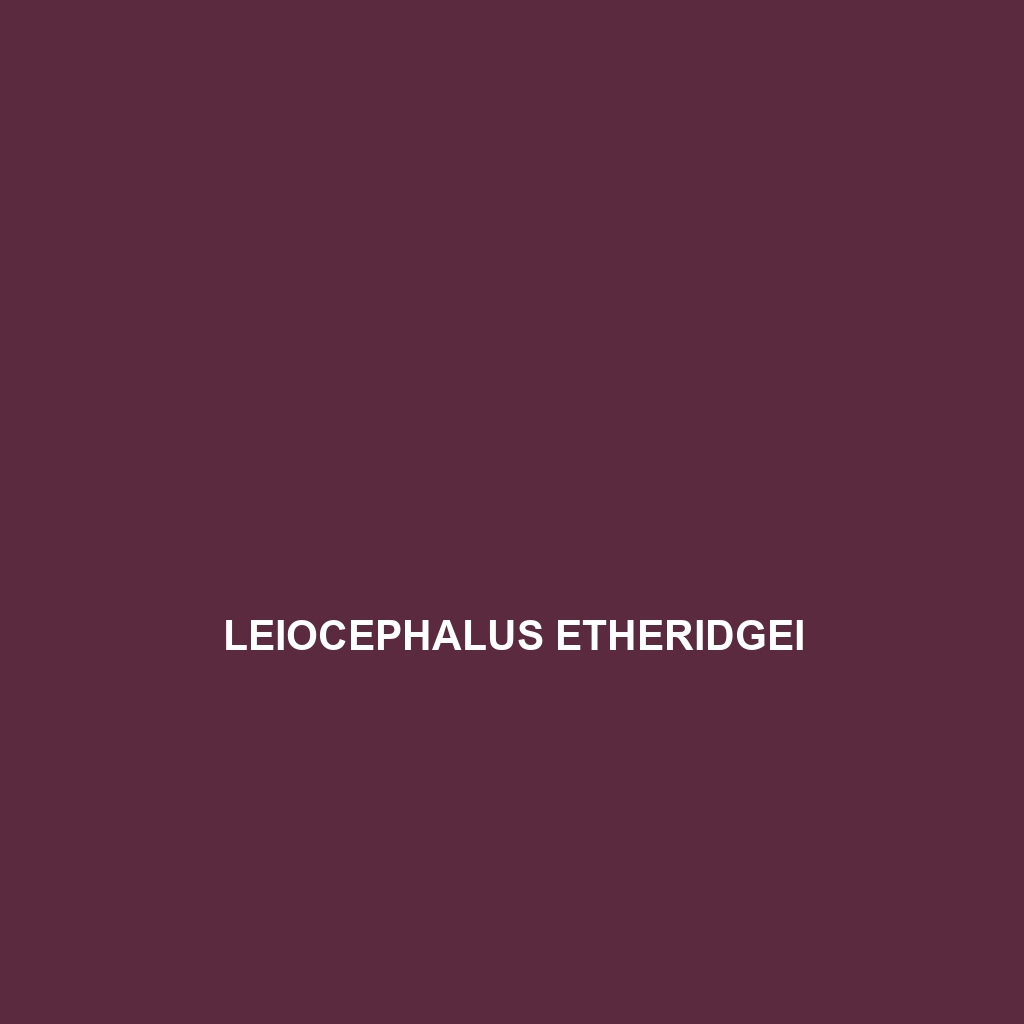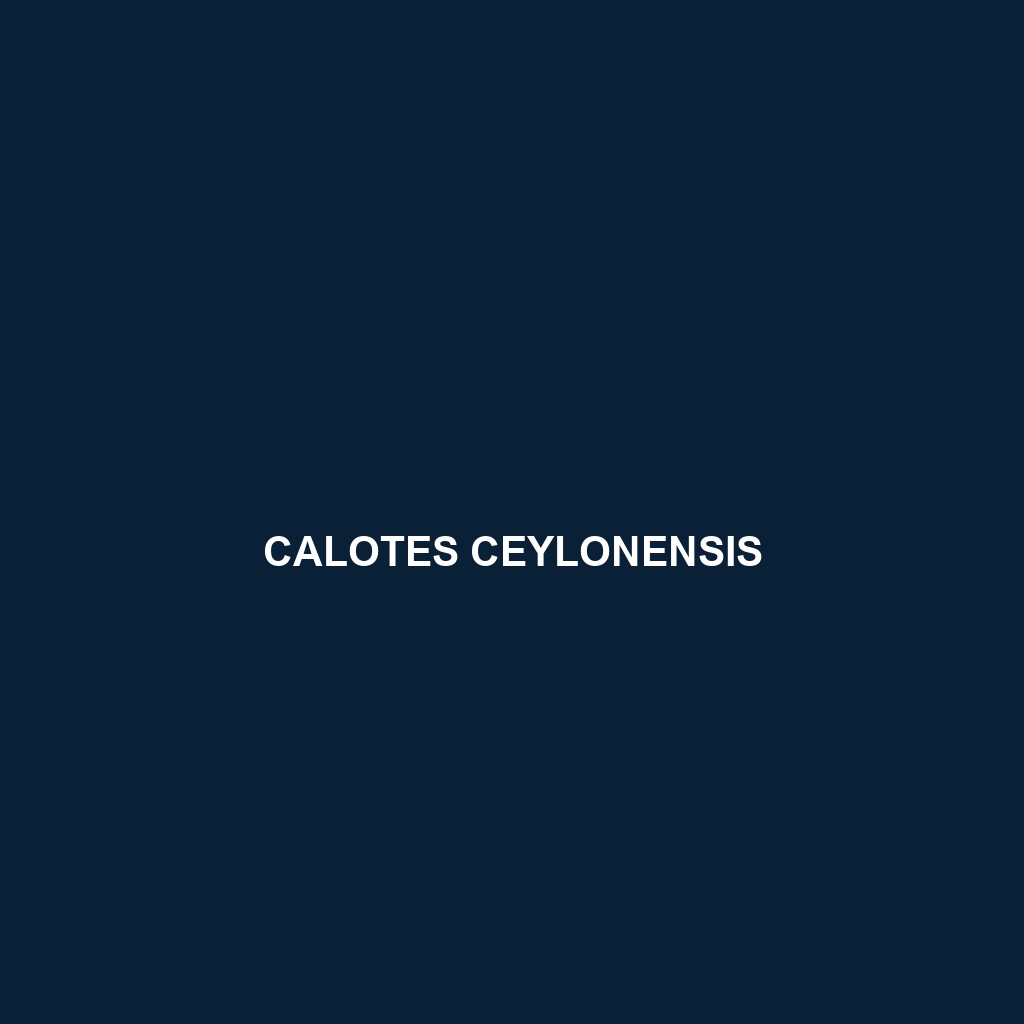Discover the Dunn's sphaero (Sphaerodactylus dunni), a small, nocturnal lizard measuring 5-8 cm with smooth, glossy scales ranging from light brown to dull green. Native to the tropical rainforests of Saint Lucia and Dominica, this resilient insectivore plays a crucial role in pest control and thrives in moist, shaded environments.
Tag: pest control lizards
Podarcis muralis
<p><b>Podarcis muralis</b>, commonly known as the wall lizard, is a diurnal species found across Southern Europe in rocky areas, gardens, and urban settings. Measuring 15 to 25 cm in length, these lizards exhibit varying coloration, a carnivorous diet primarily consisting of insects, and play a crucial role in controlling pest populations within their ecosystems.</p>
Liolaemus nigrodorsum
<p><b>Liolaemus nigrodorsum</b>, commonly known as the black-backed Liolaemus, is a unique lizard native to the southern regions of South America, characterized by its dark grey to black back and agile nature. This insectivorous species thrives in rocky outcrops and scrub habitats, playing a vital role in maintaining ecological balance by controlling pest populations and serving as prey for larger predators.</p>
Liolaemus diaguita
Discover the Diaguia lizard (Liolaemus diaguita), a remarkable species native to the rocky, arid regions of north-central Chile and northwest Argentina, known for its distinctive coloration, agile movement, and critical role in the ecosystem as an insectivore. With unique adaptations for survival in extreme climates, this fascinating lizard is essential for pest control and maintaining ecological balance.
Lepidoblepharis miyatai
Discover the fascinating <b>Lepidoblepharis miyatai</b>, a small, agile lizard inhabiting the humid rainforests of South America. Known for its nocturnal behavior, exceptional climbing skills, and critical role in pest control, this species showcases remarkable adaptations such as tail regeneration and cryptic coloration for effective camouflage.
Leiocephalus etheridgei
Discover the Leiocephalus etheridgei, or Etheridge’s Curly-tail Lizard, a resilient and adaptable species native to the tropical regions of the Bahamas. With a robust body, distinctive coloration, and a predominantly insectivorous diet, this diurnal lizard plays a crucial role in its ecosystem by controlling pest populations and serving as a food source for larger predators.
Hydrosaurus weberi
Discover the stunning Hydrosaurus weberi, or Weber's sail-fin lizard, native to Southeast Asia's tropical rainforests and coastal areas. This remarkable lizard features a sail-like structure on its back, thrives in humid environments, and plays a crucial role in its ecosystem as both a herbivore and prey species.
Hemidactylus stejnegeri
<b>Hemidactylus stejnegeri</b>, or Stejneger's House Gecko, is a nocturnal insectivore found in tropical and urban habitats across Southeast Asia, known for its striking large eyes, adhesive toe pads, and remarkable climbing ability. Typically measuring 10 to 15 cm, this adaptable species plays a key role in controlling insect populations while displaying unique social behaviors and vocalizations.
Ctenotus burbidgei
Ctenotus burbidgei, or Burbidge's Ctenotus, is a slender lizard native to the arid regions of Western Australia, measuring 10 to 15 cm with light brown coloration and darker stripes for camouflage. This diurnal species plays a crucial ecological role as a predator of insects and is known for its ability to regenerate its tail.
Calotes calotes
Discover the Common Garden Lizard (Calotes calotes), a vibrant insectivore native to tropical South Asia, known for its adaptability to various habitats and remarkable ability to change color for camouflage and communication. This diurnal species plays a crucial role in pest control and maintains ecological balance within its environment.









